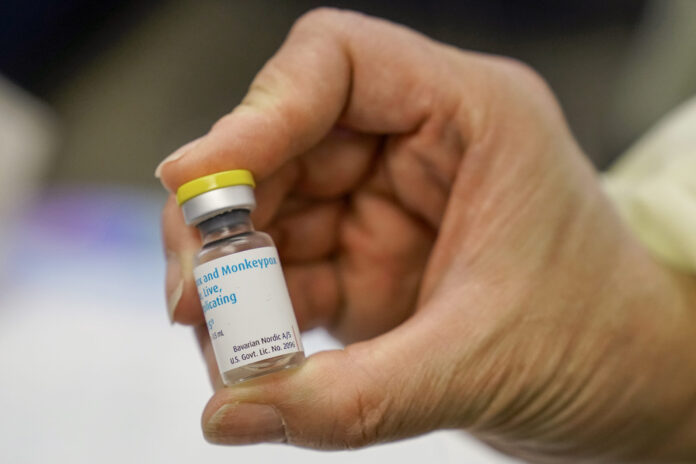
The number of cases has been growing but the pace seems to have slowed in recent weeks. “The monkeypox virus is still circulating,” he said. “However, it does not look like it is exponentially increasing like it had before.”
The state’s dashboard shows how monkeypox has spread in Colorado. The first two cases were found in the state in May. The numbers grew from there to six in June, 66 in July, 157 in August and 51 so far in September. That state has recorded a total of 282 to date.
Based on the data being collected both here in Colorado and nationally, “we are seeing that the greatest risk at this time is among, gay, bisexual, or other men who have sex with men,” said state epidemiologist Dr. Rachel Herlihy last month. “That is primarily, here in Colorado, in the Denver metro area, but we have seen cases outside of the metro area as well.”
How monkeypox spreads
Monkeypox is a virus in the orthopox family of viruses, according to the state’s website. It is rare, but can be serious.
It can spread from person to person when someone who has monkeypox has close skin-to-skin contact with someone else. Close contact can mean physical contact with sores, bumps, or lesions of someone who has monkeypox. That contact includes sex. The virus can also spread through touching the bed linens or clothing of an infected person and can also live on other surfaces for some time.
Recent cases in the United States have been infected through person-to-person contact. Brief interactions without physical contact are unlikely to result in getting the virus.
Monkeypox has recently been spreading elsewhere, like in Canada, Europe, and Australia. It is endemic in central and west Africa.
Recent data suggest people who have recently traveled to a country where monkeypox has been reported or men who have sex with other men are at heightened risk.
The type of monkeypox spreading in the United States is rarely deadly and has a fatality rate of less than 1 percent, according to the state’s website.
In fact, in most cases, it will resolve on its own. Symptoms of the virus may begin with flu-like symptoms that can include fever, headache, muscle aches, swollen lymph nodes, and exhaustion. Typically, a rash or skin bumps develop within one to three days after the onset of fever, often beginning on the face then spreading to other parts of the body.








